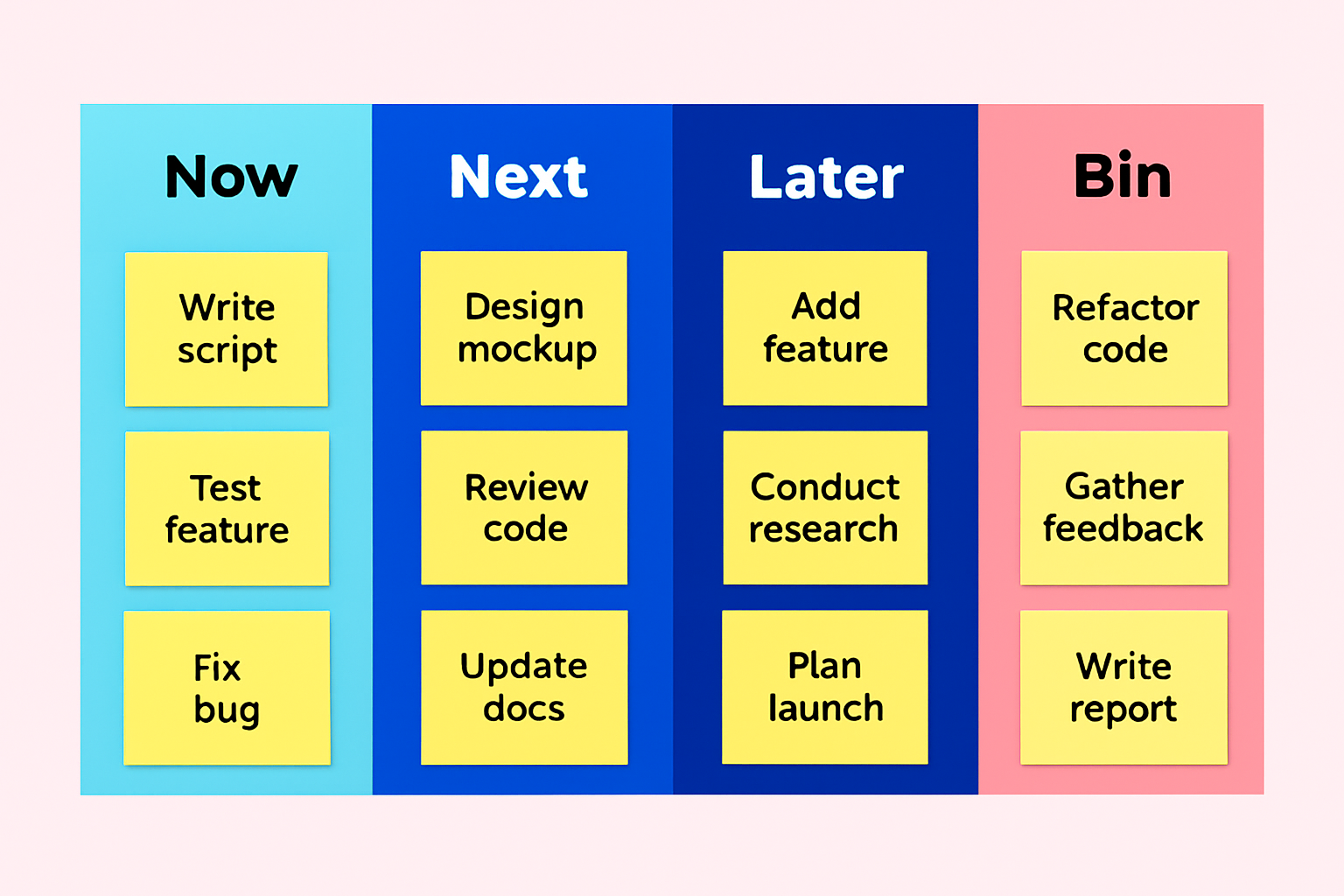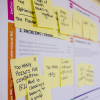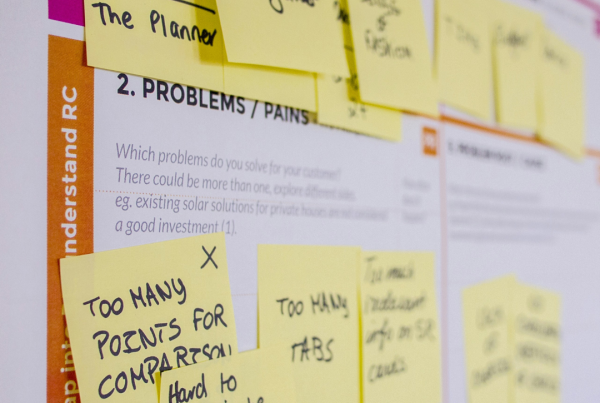Product roadmaps often start simple but can quickly become bloated with stakeholder requests, questionable compromises, and irrelevant targets, resulting in a tangled mess of deadlines, dependencies, and features.
If you’ve ever had to cut corners to meet deadlines, go through protracted negotiations where no one really wins, or work on projects that are more like half-baked solutions, you might be dealing with an overcomplicated roadmap. The weight of a bloated roadmap not only stifles the product but also leads to team burnout.
This guide outlines common roadmap mistakes and offers practical tips to restore clarity to a roadmap that has lost its focus.
Tip 1: Understand How the Roadmap Became Convoluted
You can’t simplify a roadmap if you don’t understand what caused it. There are several reasons why a roadmap is more complex than necessary.
A common reason is when the product lacks a compelling vision and relevant goals. If this is the problem, then you’ll struggle to simplify the roadmap because the foundation is already weak. My advice is to go back to basics as much as possible. Salvage what is working and go back to the drawing board as a team.
Another common mistake is trying too hard to satisfy every stakeholder, which can cause the roadmap to deviate far from its original objective. The opposite to this is when you’re excluding stakeholders who understand user needs and market demands, which means you’re missing valuable input.
Tip 2: Plan Around Outcomes, Not Features
Planning for the outcomes you want will help you align the roadmap with the product and business objectives. Ideally, every project and feature in your roadmap should be tied to a clear outcome, such as customer satisfaction or sales growth.
By focusing on outcomes, you can easily track meaningful progress and understand the true impact on users and the business. It will also allow you to see clearly what to focus on, what’s less important, and what you should be discarding. Resourcing and budget allocation will then become easier to manage.
Tip 3: Be User-Focused, Not User-Led
This might sound counterintuitive, but you shouldn’t let your product be user-led. There’s a fine line between focusing on the users and letting users define the product.
If you let user demands determine your roadmap, it will resemble an endless list of product features. This won’t work because businesses have limited resources and time. Your user base will also have conflicting needs among them, and you might end up listening to the most vocal group.
A better approach is to be user-focused. User feedback and needs are valuable, but they aren’t the only input that matters. Look at the big picture and question the items you’re putting in the roadmap. Are they embellishments or real value that will make a significant impact?
Tip 4: Don’t Plan Too Far Ahead
A roadmap can easily get complex when you’re planning more than 12 months ahead. It’s good to have a general direction for long-term planning, but it’s best to focus heavily on the next 3 to 6 months.
Why? Your estimates and assumptions may be incorrect, especially when they involve events that are more than a year in the future. Planning in short timeframes helps you simplify the roadmap. Planning far in advance will also bog down your roadmap, placing too many unverified assumptions and dependencies.
Additionally, you’re likely to run into obstacles beyond your control, such as an unreliable partner or a weak consumer demand. When disaster strikes or you need to make a strategic pivot, your roadmap needs to be flexible.
Tip 5: Replace Timelines with Time Horizons
A Gantt chart is usually the standard template companies use for product roadmaps. However, it may not be the best way to present your plans. Another approach is to use time horizons instead of timelines.
Using a time horizon of 3-6 months, or 1-2 quarters, allows for a more realistic product delivery plan. Think of it as a strategic planning cycle, where each result informs the next planning cycle. A popular way of representing time horizons is to use the Now-Next-Later template.
The “Now” column is for current initiatives, particularly those within the next three months. The “Next” column is for important items you need to work on next. And “Later” outlines the items that are important but not yet critical.
Tip 6: Add a Section to Show What’s Not Worth Pursuing

Here’s another handy tip when using the Now-Next-Later approach. Add a section for the ideas that have been discarded. You can call it whatever you want (Trash, Bin, Discard), but the idea is that everyone understands what’s not worth pursuing, which leads to a roadmap with more clarity.
Time and time again, I’ve seen teams take on projects that are out of scope or fail to achieve the product’s objectives. Usually, these projects aren’t bad, but they do detract from the original goals.
For instance, if your biggest goal this year is to increase the customer retention rate on your e-commerce app, then consider improving the onboarding experience and loyalty program by introducing personalisation.
While initiatives such as offering more product suggestions or upselling can be helpful, they may cause decision fatigue for your users and make them bounce off even faster.
Keep your product roadmap simple and be laser-focused on your targets.
Tip 7: Keep Your Roadmap Dynamic
A roadmap isn’t a static document, so you need to revisit it regularly to determine whether it remains realistic and is actually helping the team deliver. I’ve seen big companies that only do their roadmap planning once a year, and that’s risky because a lot can change within a year. Your roadmap may already be outdated, overly complex, and unhelpful.
Instead, make allowance for review—quarterly or even monthly—to accommodate new insights, market shifts, or internal changes. A flexible roadmap makes it easier for teams to adapt, reprioritise, and stay focused on delivering value.
Conclusion: Less Complexity, More Clarity
Whether you’re running a startup or a large business, a clear, simple, and well-planned roadmap can propel the business forward.
Churning out feature after feature without much thought to the overall direction is a quick way to make your product complex and clunky. You need to reduce the clutter, noise, and tweaks that aren’t impactful and plan for more initiatives and features that align with the product’s vision and targets.
Figure out why your roadmap is complex is the first step. By planning for outcomes and in shorter timeframes, while keeping your roadmap dynamic, you’ll be in a much better position to deliver a product that users love and respond quickly to market changes.
P/S: If you have an overly complex roadmap, I can help you simplify it to gain a sharper focus. Check out Relab’s Product Strategy Accelerator program.







